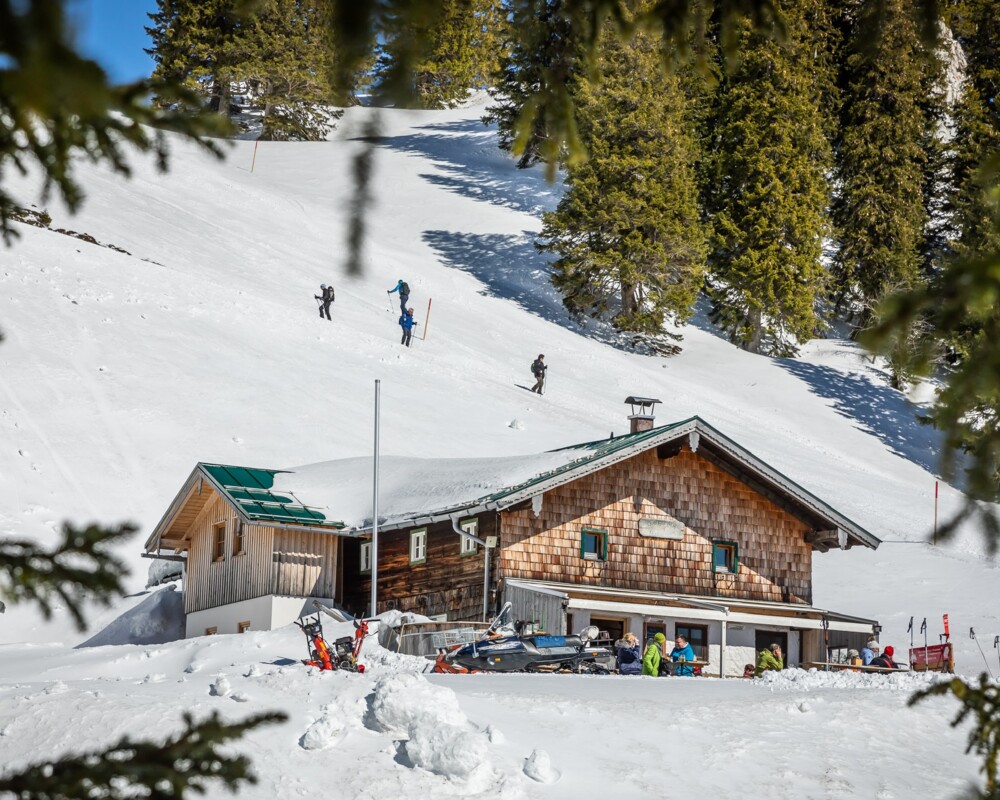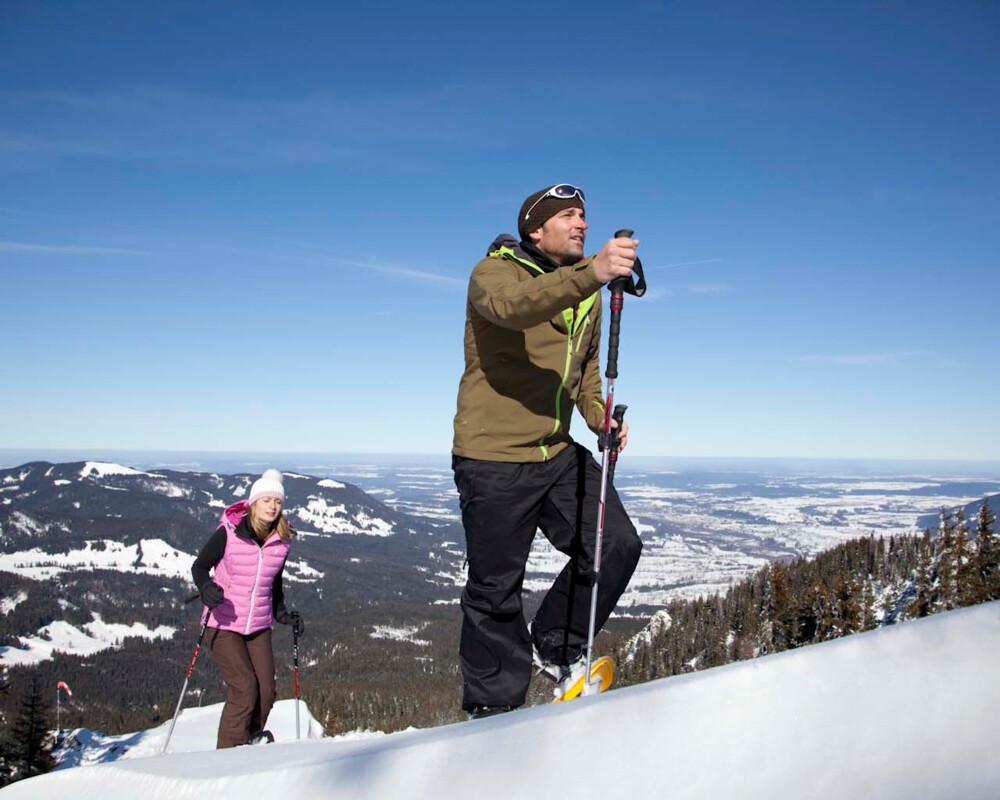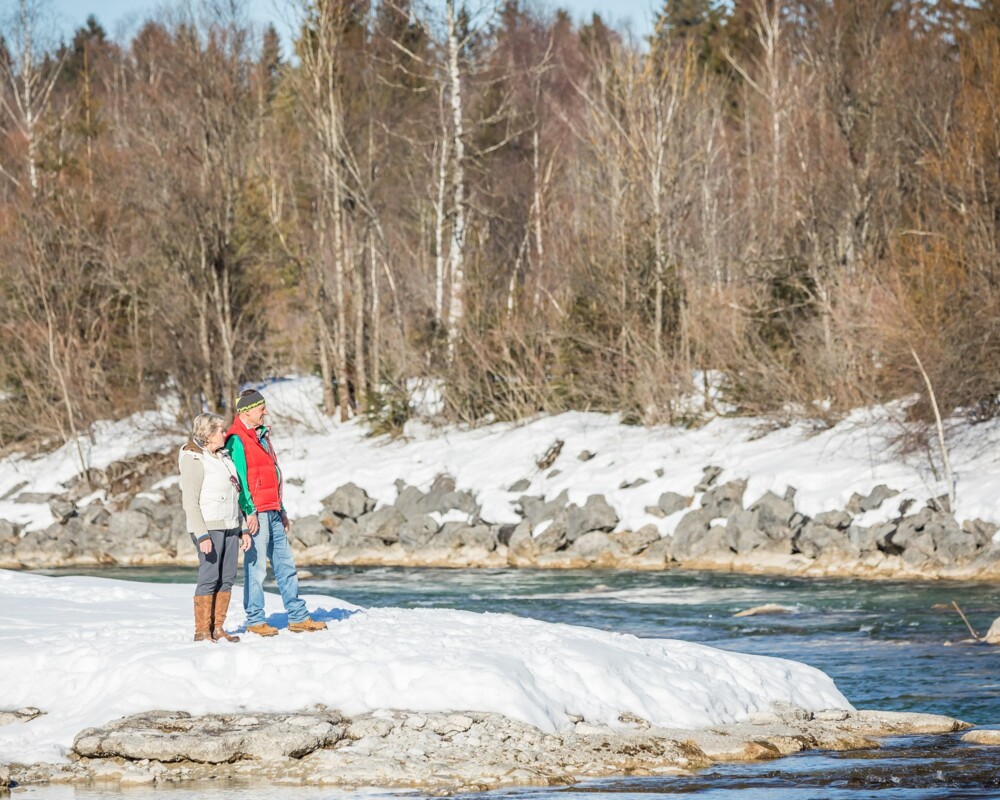protecting nature in winter
Not only hikers and winter sports enthusiasts are attracted to the mountains in winter – animals also live and survive there, although the food supply is much lower at this time of year. Wild animals such as red deer, roe deer, chamois, ptarmigans and grouse have adapted to the mountain climate and have developed various strategies to survive the harsh alpine climate in winter. Many wild animals slow down their metabolism, put on an extra layer of fat or winter fur and are therefore particularly vulnerable during the cold season.
4 tips for dealing with wild animals in winter:
- Stay on marked paths – respect wildlife resting areas
The habitats of wild animals often coincide with alpine touring areas. A frightened animal may be a fascinating natural experience for us, but for the animal it means stress and loss of energy, which can be fatal in winter.
- Dogs must be kept on a lead
Stressed out mountain rabbits need about 20% more of their precious energy. So keep your distance from the stands and keep your dog on a lead.
- Do not feed wildlife
Please pick up rubbish and leftover food and never feed wild animals – the wrong food can kill them!
- Observe and be aware of other winter sports enthusiasts
It is usually possible to tell from a distance who is unaware of the presence of wild animals. Any thoughtless or reckless behaviour towards wild animals should be pointed out immediately.




